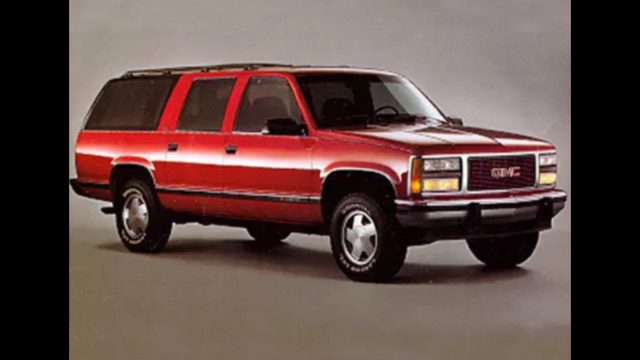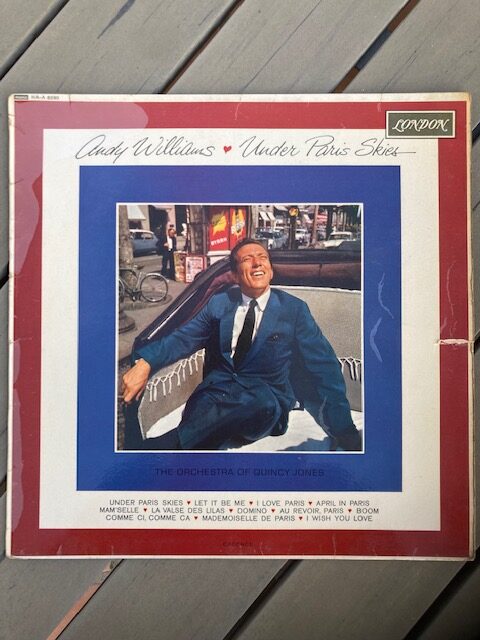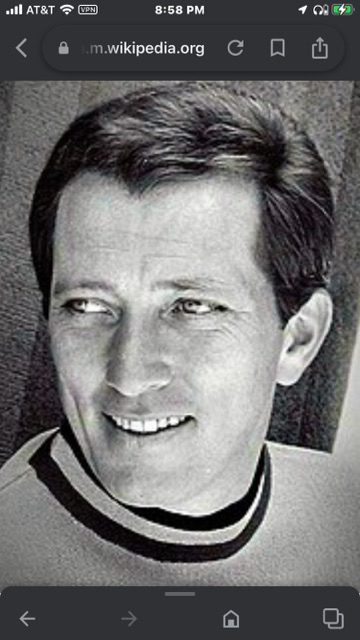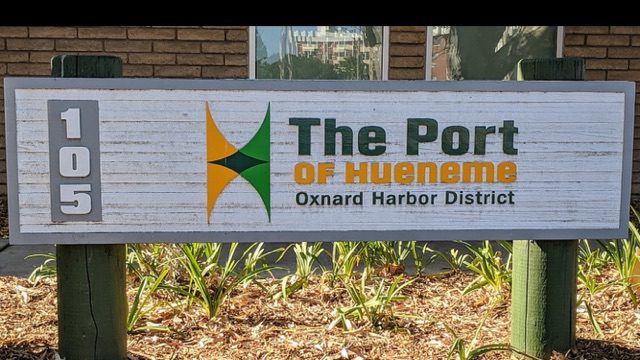Out of the Camp Ch. 39 – Dima, New York & Andy Williams.
That was the way things were left for many years, aside from one or two attempts that Mary made by writing letters describing events that led me to their door in Vancouver; about our story, family and sending photographs. We didn’t ever receive any response and so just got on with our lives for the next ten years, until around the mid-90s.
If you’ve been following this saga for much of the past year, you may recall some of my adventures in Saudi Arabia with my dearest Russian lunatic pal, Dima. Sadly, we lost touch for several years and, following his departure from Jeddah a year or two after I left, he returned home to Moscow. During those years he got married, had a family and now has two adult sons, one of whom is an ordained priest – Russian Orthodox I presume, but I don’t know for sure – and a daughter. A few years ago, he decided that he’d like to take a trip to New York but first, Vera, his wife, needed to apply for a passport. After the tedious bureaucratic procedures were completed and she was approved, he began the fulfillment of a dream he had nurtured for many years and placed an order with a US-based General Motors dealer for a GMC Suburban.
And he ordered the biggest version, fully loaded! In addition to being a Wall-of-Death rider and a former military pilot, Dima was also a highly skilled and gifted engineer. He could completely strip down a car engine and reassemble it, so a motor bike engine presented little challenge to him. He also – and I’m guessing here! – could do a pretty good job of tuning up an aircraft engine. From what I could gather, most of this knowledge was picked up in his youth touring the Soviet Union with one or other of his father’s family’s Walls-of-Death and then, later, with exposure to aircraft, he gained more advanced aeronautical engineering knowledge in the Soviet Air Force.
After arriving in New York and waiting to hear from the dealer, he rented a car and visited the National Library to get “deep-down knowledge about GMC history, factory and so on.”
When he arrived at Fifth avenue, he was unable to locate a parking space.
Dima: ”I circled and circled and suddenly, right on library entrance, I found free space and I parked. It was space for fire hydrant.
NY Library is unreal place-ten floors …
I spend about two hours there, return to my car and … , I can’t see actually car. It was almost completely covered with tickets. I start collecting and throwing them into the car and immediately, police car stopped next to me. Policeman came out, hesitated for second and issued another one and gone. Some small crowd of people trying to help me get all those dozens of tickets, and when I asked them what I have to do now they directed me to downtown Manhattan Court.
Been in queue not long; it’s about ten lines to ten rooms, and it seems to me that it takes between 4 and 7 minutes to deal with one in the line. My turn! I enter room. Really big black lady judge, about XXL size loudly speaking to black man around 50 years old standing in front of her. She actually shouted at him, asking why he threw garbage from his window. He shouted back that it is not his garbage. She asked, ‘What about two months ago when you were caught red handed at same business?’ The man said what if she (the judge) have had bad sleep last night. It doesn’t mean it is his garbage. At this point the real hell came out of her. She jumped up from her chair and while trying to grab the man the police officer intervened. She quickly raised and dropped the wooden hammer – ‘Guilty!. Next one.’ She pointed her finger at me. Saying I was scared, will be absolute lies. I was terrified!”
“I knew, I must do whatever was needed to avoid jail. As soon as she opens her mouth to say -what …, I immediately, loudly say, ‘Your Honor, I am guilty! I am very guilty!’ In her face still full of napalm; eyebrows came right to the courtroom ceiling. She slap table with both hands and shouted at me. ‘What is your name? I will decide myself who is guilty or not guilty.’
I told her about purchasing GMC, about Library, about never having seen hydrant – she with amazing face – ‘No GMC in London?’ ‘No!’ ‘No American National Library?’ ‘No!’ ‘No hydrant?’ I said, ‘No!’ ‘Maybe they have in City. I live in Ealing. No hydrants there.’ She asked, ‘Where is this Ealing and how good that place?’ By now fire completely left her face. We were talking a good 10 minutes. Suddenly she looked at piles of tickets laying front of her and with visual regrets, saying that we need to get sorted out my trouble.
Takes tickets one by one she makes three different piles and keeps saying something to both the secretary and the stenographer. She pointed to one bundle and declared it illegal. Police
must wait 20 minutes following the expiration of the previous ticket before they can issue another one. Taking ticket from second pile she showed it to secretary and asked her – can she read out name of policeman. Secretary couldn’t. After almost hour, she told me that there’s not much she can do, accounting third portion she told me that finally the penalty sum is about $300 and asked me, ‘Can you manage to pay that money?’ I said, ‘ Yes madam.’ She said, ‘Don’t rush; you have 20 (or so) days.’ She gave me a slip with bank details and her phone number.
Two weeks later I was in London, paid up, and make phone call to her. She was sparkling with joy!”
Returning to the offshore business; my first trip to California occurred as a direct result of a contract we received from a new client based in Ijmuiden in the Netherlands who ran a fleet of heavy-lift vessels. They’d been contracted to transport a number of semi-submersible offshore drilling rigs to the Port of Hueneme, near Oxnard and contacted us about providing communications and other services. The Port is the only deep-water harbor between Los Angeles and the San Francisco Bay area and is adjacent to the Santa Barbara Channel where offshore oil activities, though greatly reduced, continue to this day. It’s also an operating facility of the Ventura County Naval Base. While I was in Southern California on business related to our new contract, I decided to check out other potential business opportunities both in Oxnard and the Ventura City areas, in addition to the ports of Long Beach and San Pedro (Los Angeles). People in general were very encouraging for the most part and one tip I received was to check with potential competitors about the possibility of (subbing) sub-contracting opportunities. Marine radio and electronics companies like Marconi Marine (UK), SAIT Electronics (Belgium), Radio Holland and other multi-nationals all of whom had small operational units in the LA/Long Beach Ports area would be overstretched from time-to-time and could use some local support in the form of a back-up operation to whom excess work could be sub-contracted. In general, I had very positive reactions to my approaches, but all felt that, although their operational spheres were global, we ideally would need a local presence for there to be an effective and ongoing working relationship. In any event, any company providing goods and/or services to the shipping or maritime industries relies mainly on ship’s agencies or brokerages for access to the vessels using the port’s facilities and so, not having a local operation, we really weren’t in a position, to pursue those opportunities at that time.
It’s funny sometimes how something that happens can take you back decades to experiences that on the surface have nothing whatever to do with the current event that ignites the memory. The other day, for example, PBS Television here was airing a 90-minute fundraiser featuring clips from editions of the Andy Williams TV Show from the 60s and on. At the time of the earliest of those shows when Andy had his first major UK hit, ‘Almost There’, I was working in Edinburgh for Grants Furniture store in their TV and radio service department on Blackfriars Street. From time to time, we would have to pick up or drop stuff off up the street at the store on the corner of North Bridge and the High Street. There was a girl who worked there – I think in the radio & TV department – that was nuts about Andy Williams and when she found out that I liked him (I didn’t broadcast this as it wasn’t considered ‘groovy!’) she would always seek me out to discuss his latest record or TV show. She also would occasionally come to the service department, and we’d chat about the latest developments. To be honest I thought his outfits and suits were embarrassing, the humor nothing short of crass (especially that damn bear!) but I loved it when Jonathan Winters who I loved, would show up. Also, the sets were gawdy but, after all, the program was primarily made for a 60s American audience where humor and tastes were very different. No, my reasons were exclusively focused on his music and his singing, and I happily put up with everything else in order to continue to study his relaxed delivery and his on-camera technique. I could go on at length about vocal quality, his tone, his ability to move seamlessly through 2½ octaves without a break, his full vowels and softened consonants without the excesses and rigidity of bel canto. I’ll stop now before I lose my entire audience. Just to say I’ve had many singing teachers in my life, some wonderful, notably the now sadly departed Tona de Bret in London, and in more recent years, the amazing Carol Tingle, here in Los Angeles, but I have to say the teacher who unwittingly had the most long-lasting influence on my singing was Andy Williams. This wasn’t always patently obvious owing to the nature of the music I might be performing at times. There were many influences in the pop, rock and R&B material I performed in the 60s and 70s, but in the main I’d cite Ray Charles, David Clayton-Thomas and Stevie Winwood.
Sometime in the early-mid 60s, I was rifling through LP Album covers on a rack in the Record Exchange record shop in South Clerk Street, Edinburgh, when I came across an Andy Williams album that I not only didn’t have but hadn’t ever heard of. I took the cover to the counter and asked if I could listen to one or two tracks. I remember there were two men who ran the store and knew me well, as I was in there most weeks if not more often. Pete Seaton’s Music Shop was just around the corner, and I went there every Saturday morning to make the hire purchase payment on my Premier drum kit and often, if there were no musicians hanging around, I’d stroll along to the Record Exchange to have a butcher’s – abbreviated Cockney rhyming slang thus, ‘butchers’ hook’ for ‘look.’ – Anyway, back to the Record Exchange; in those days for those too young to know it, there were sound booths that you could go into to sample – listen to – some of the record you were interested in before you bought it. The sound in the booths was controlled from behind the counter. It turned out that they didn’t have the record in stock despite the cover being in the rack. He’d checked the availability with the distributor, and they had told him it was out of print and there wouldn’t be any more pressings. The album was called ‘Under Paris Skies’ and the arranger was a 27-year-old Quincy Jones. The store co-owner asked me if I’d like to keep the album sleeve as they’d only toss it in the rubbish bin if I left it.
When I got home, I discovered that the recording studio information was listed in the album credits. The studio was called Barclay Studios and was at 9 Avenue Hoche in Paris. I checked on Google and the address now accommodates an upscale business function room, ‘Les Salons Hoche’. In any event, back then I decided to write to the studio and ask how I might get a copy of the record. I’d know idea, of course, what kind of response I’d get, if any but within the space of a fortnight I received a package from the studio and when I opened it, discovered a 6-8’’ diameter ¼” tape reel. When I played it, I discovered that they’d recorded four tracks from each side. I was truly amazed and delighted that anyone in a professional recording studio would have taken the trouble to do that. There was no note from anyone, only a ‘with compliments’ slip from the studio. Nonetheless I sent a letter expressing my grateful thanks for their kindness and that was the only communication. I had an acetate cut from the recording at Craighall Studios which I still have to this day, now stored in the album sleeve I was given by one of the owners of the Record Exchange.
Illustrations.
- Heavy-lift ship, ‘Mighty Servant 1’.
- 1980s GMC Suburban 1500.
- Andy Williams’ 1960 Album, ‘Under Paris Skies’, Directed by Quincy Jones.
- Heavy-lift ship, ‘Mighty Servant 3’.
- Andy Williams.
- Heavy-lift ship, ‘Mighty Servant 1’.
- Hueneme Port Entrance Board, Oxnard, Ventura County.













